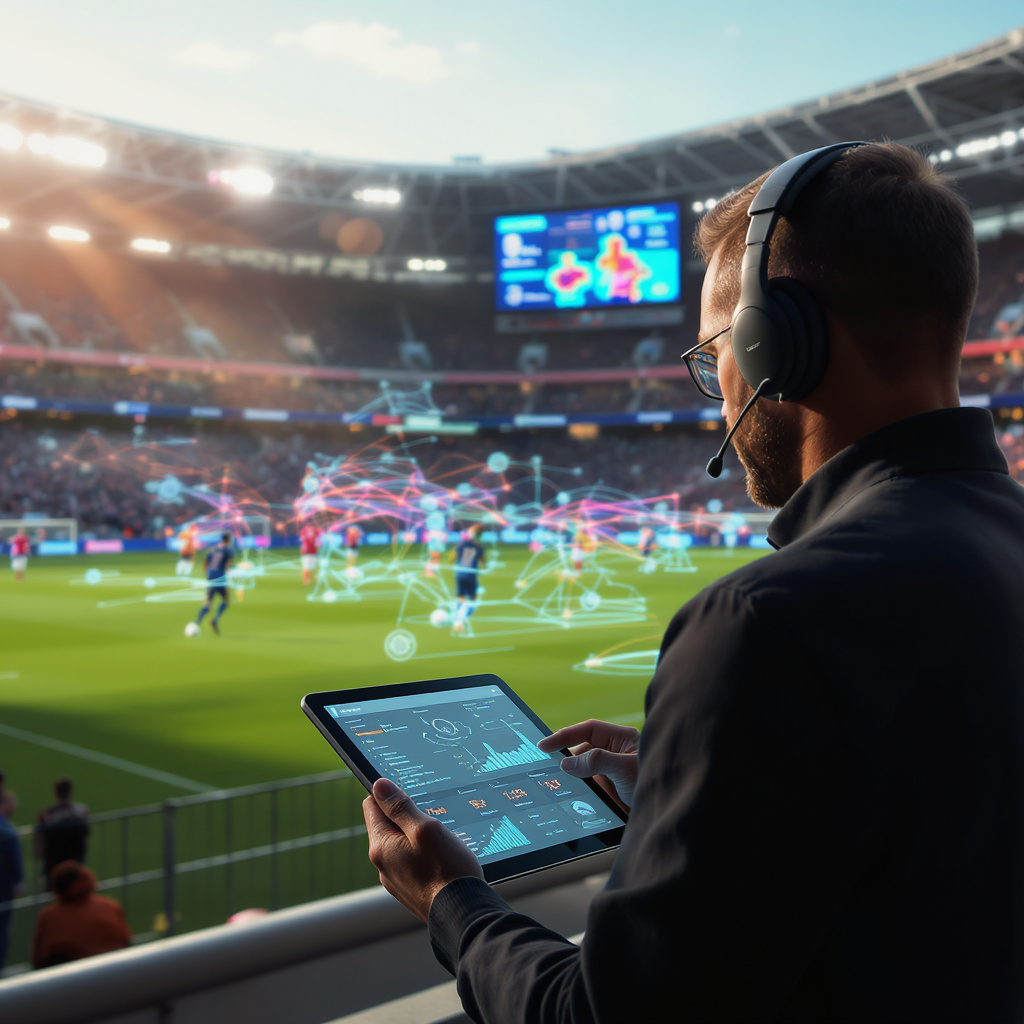
-
16/10/2025
What: AI-powered sports analytics uses machine learning, computer vision and wearable sensors to turn raw performance data—speed, acceleration, heart rate—into actionable insights.
Why: Teams reduce injuries, optimize training and gain strategic edges. AI-driven monitoring can cut noncontact injuries by 15% and boost sprint consistency by up to 12%.
How:
- Data Collection: High-definition cameras and inertial sensors capture motion and biometric signals in real time.
- Modeling: Regression models, decision trees and neural networks predict workload effects, injury risk and tactical shifts.
- Personalization: Adaptive training regimens evolve with each session; real-time feedback corrects form and schedules rest when fatigue markers rise.
- Strategy & Scouting: Live-match analytics forecast opponent formations; AI-assisted video libraries and biometric profiles identify emerging talent.
- Fan Engagement: Recommendation engines, chatbots and AR overlays personalize content, boost click-throughs and extend app usage.
- Privacy & Security: Consent-driven data policies, bias audits, end-to-end encryption and federated learning ensure confidentiality and fairness.
What If: Without AI, teams rely on manual observation and one-size-fits-all drills—raising injury risk and missing performance gains. To go further, deploy edge computing for sub-50ms insights, expand federated learning across clubs or introduce dynamic ticket pricing to maximize revenue and fan satisfaction.
